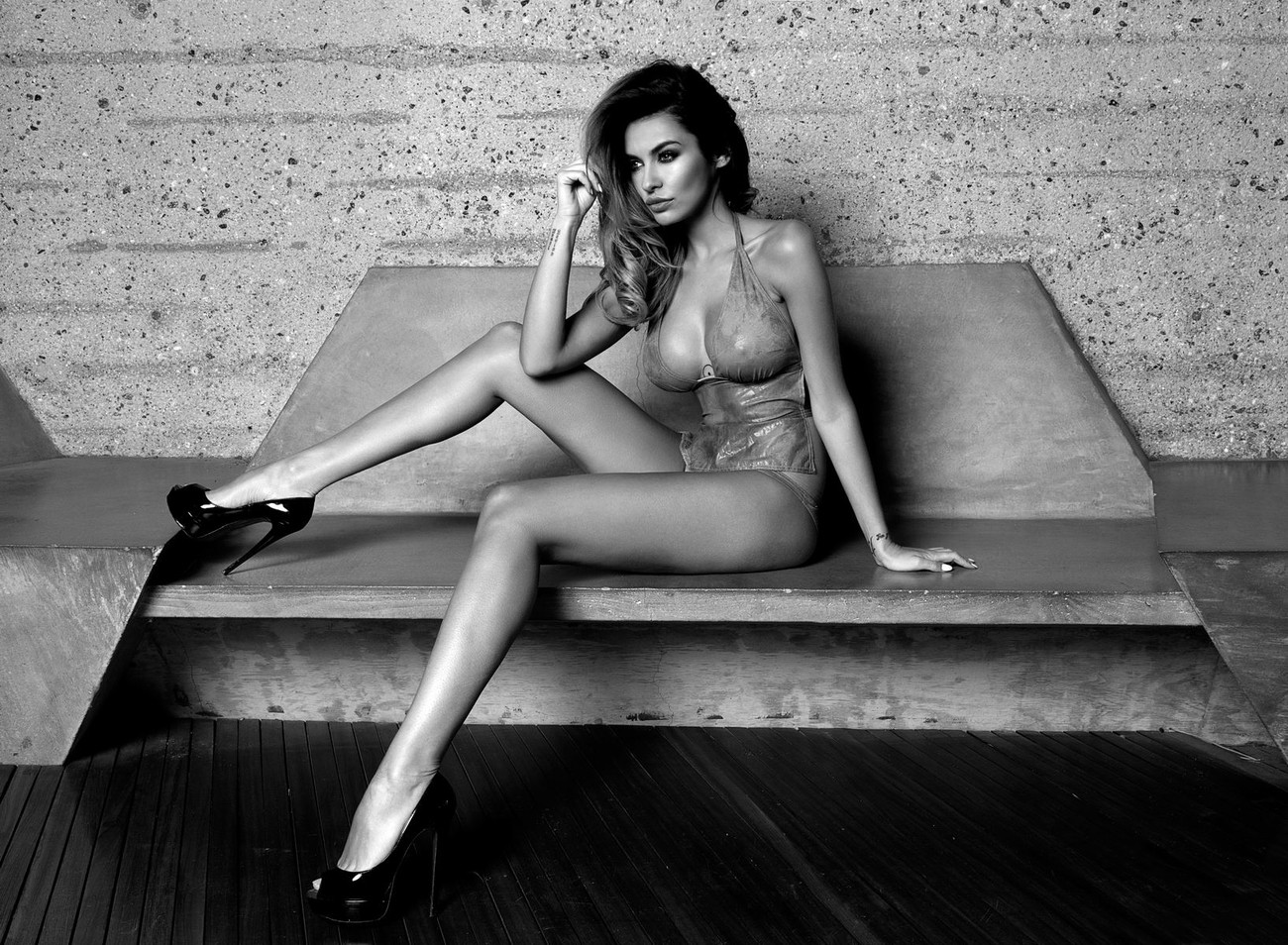We've had the pleasure to have a conversation with one of the most influential photographers of his time, Manfred Baumann.
"A technically perfect picture can be just as boring as a blurry picture can be enthralling."
Over the past few years, Viennese photographer Manfred Baumann has become one of the most influential photographers of his time. His passion for photography began as a child at the age of 10 when his grandfather gave him his first camera a PRAKTIKA.
His grandfather, who worked as a photographer himself, was the inspirational figure for Manfred. After he developed a feeling for landscape photography, this is what he concentrated on in his first years. Baumanns path to becoming an internationally known photographer wasn't a smooth one. After studying business management, he began working as an assistant for a Viennese photographer.

It was then that his passion for photography came to the forefront. In the beginning, he focused on fine nude photography, where his fascination centered on portraying people as beautifully as possible and capturing a certain essence in the picture. From that point on, Manfred Baumann has taken it upon himself to explore the world through the eyes of a photographer. With the many different projects that Manfred has completed over the past years, he has become more professional and artistically secure. It is his ambition to break with conventional views. In his opinion, a technically perfect photo is not necessarily a good picture.
Manfred Baumann discovered the importance of people wanting to find a story when viewing a photograph. The viewer has to be able to find something new every time he looks at the same picture. Adams and Newton already emphasized this, and Manfred is following this tenet in his work. Manfred Baumann knows how to make beautiful women look erotic by emphasizing their charisma and beauty. Every one of his pictures exudes an erotic tension that envelops the observer in an almost tactile, virtually palpable experience. More recently, Baumann has devoted himself to portraiture. The list of people who have posed for his camera reads like the Whos Who of Hollywood: Sir Roger Moore, Bruce Willis, John Malkovich, Sylvester Stallone, and many more.
What inspired you to be a photographer?
My grandfather sparked my interest in photography when I was a kid. He had his own darkroom, and he submitted his photographs
to different contests and won a number of prizes. Later on, it was Helmut Newton and Ansel Adams.
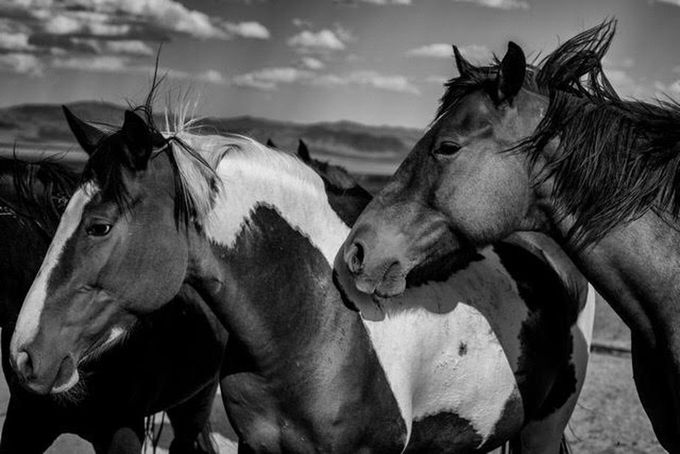
What was your first camera and what do you shoot with today?
On my tenth birthday, my grandfather gave me my first SLR camera – a Praktica TL 1000 that is still in my collection 38 years
later. Today I work with Leica.
When someone looks at your photos, what do you want them to take away from it, what are you trying to communicate?
I always try to convey emotions and want my pictures to trigger something in the observer as well as show them something they may not have seen before. Many of my photographs and projects tell stories and I think that’s the beauty and power of this art form.
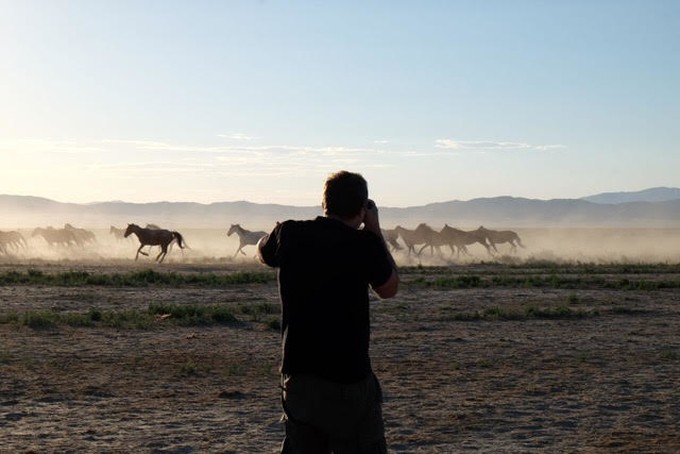
What is it that you love about photography?
I love that photography is so very versatile. I want to make a moment endure and give it substance, to create photographs that people would continue to enjoy years down the road and that they would not forget.
What has photography done for you?
Photography has influenced and shaped my life in a very positive way. Photography is a universal language, which is understood all over the world.
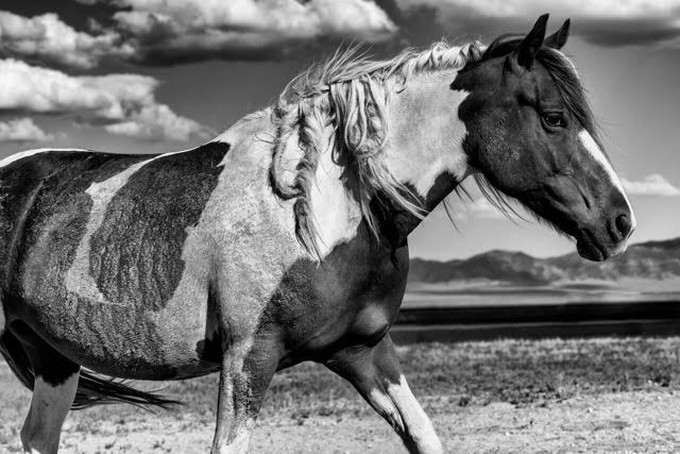
Do you try to be conceptual or do you prefer to show the feeling behind a photo?
Emotion, content and soul are what is most important in my pictures. Additionally photographs should tell the observer a story.
How do you describe your style?
I love black and white photography because it is very reduced and reveals the essence of a picture. Also I think it’s important to leave the familiar behind in order to show something nobody would have seen otherwise.
If you had to choose one lens which one would it be and why?
Leica Vario-Elmarit- SL 2,8-4,0/24- 90mm is perfect for fashion, portraits and street photography.

What are your 3 tips for others who want to become better photographers?
It is important to continue growing and make sure that viewers can recognize your signature in your photographs. Also, a technically perfect photograph can be far from a good picture, that is one of my philosophies of photography that I cannot stress enough.
Have you received negative feedback from your work? What did you do about it?
Just like with everything else in life, there are people who love your work and there are people who don’t. I am not too concerned about that. I do whatever feels right to me, and if there are people who appreciate my art and if my photographs touch them, then that is all that matters to me. But I love to learn and evolve and I think it’s important to grow.
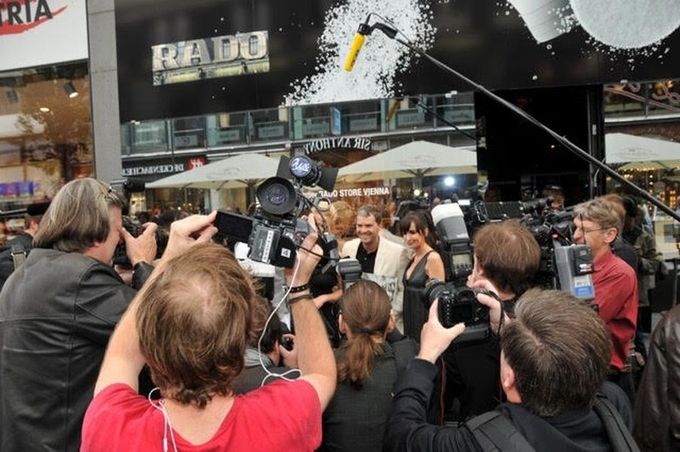
Where did you learn to take photos?
While completing my commercial apprenticeship at a retail store, I began expanding my equipment and bought a new camera, lenses, and other accessories with the first money I earned so that I could photograph my friends. This was when I got to know my first role models such as Helmut Newton and began collecting and studying their books.
Raw vs jpg and why?
Raw, Nef or DNG file format is the digital negative and show most information about pictures on the computer.
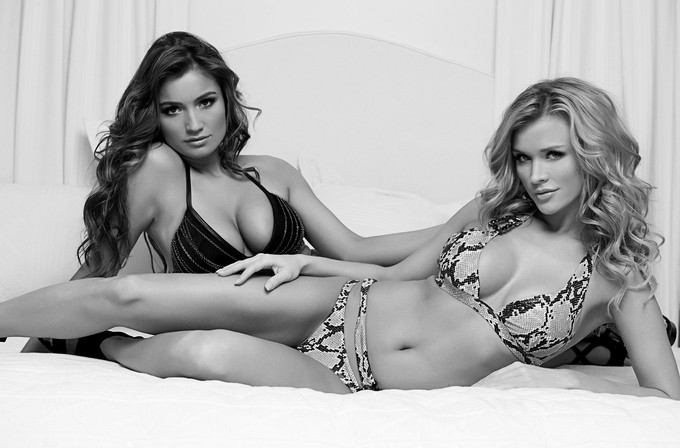
What do you carry in your camera bag?
3 camera bodies, a few lenses – interchanged depending on the project and photo shooting, a bunch of memory cards, a blower fan, cleaning rags, chargers and cables.
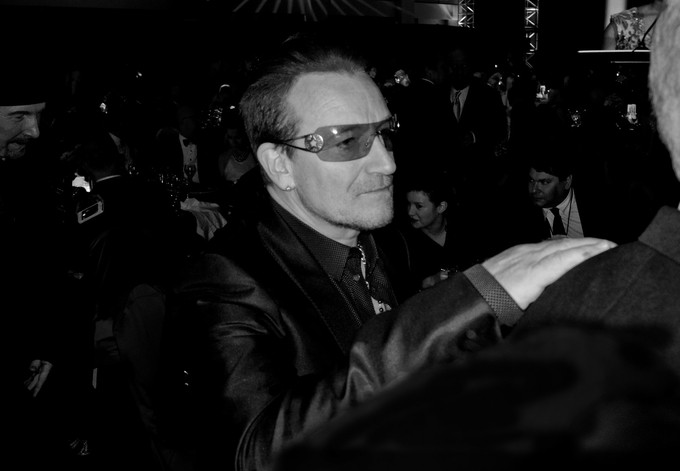
If you could have the gift of a great photographer who would it be and why?
I try to not compare myself to other photographers. We all have our own unique style.
What is the most common mistake you see people making when shooting these days?
I realized that many photographers judge the effect of a photograph based on its technical criteria – when the photo is in focus or the colors are natural, they think it is good. But you don’t judge whether a book is exciting on the basis of spelling and grammar! A technically perfect picture can be just as boring as a blurry picture can be enthralling.
What is your dream location to shoot?
I love variety – great outdoor but also indoor locations. I don’t really have one perfect dream location.
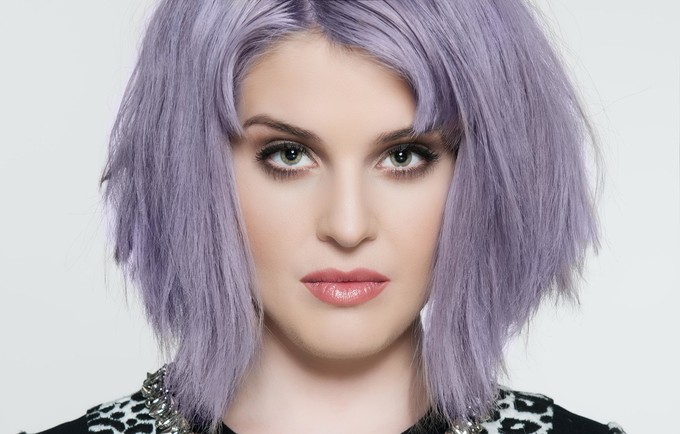
How do you decide on where to shoot a photo?
It just have to fit to the project and the task at hand. It can be compared to movies – the location is crucial for a great outcome.
What is next for you? Any planned adventures with your camera?
I just finished a project call “MUSTANG” where I photographed the last Mustangs (horses) in America. The kick-off for many international exhibitions is going to be in the Museum of Natural History in Vienna. Also I will accompany and photograph Californian surfers on their adventures.
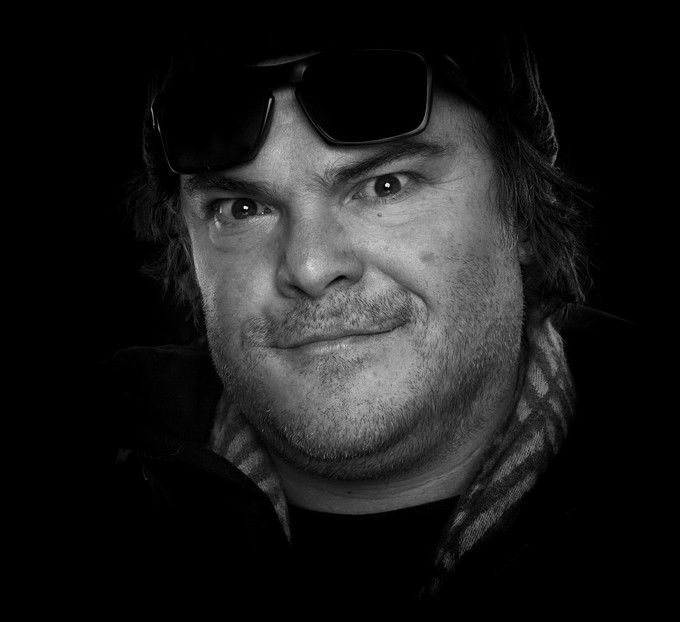
What is your goal with your photography?
I personally don’t have a specific goal in mind. I just want to show people something they might have never seen before.


